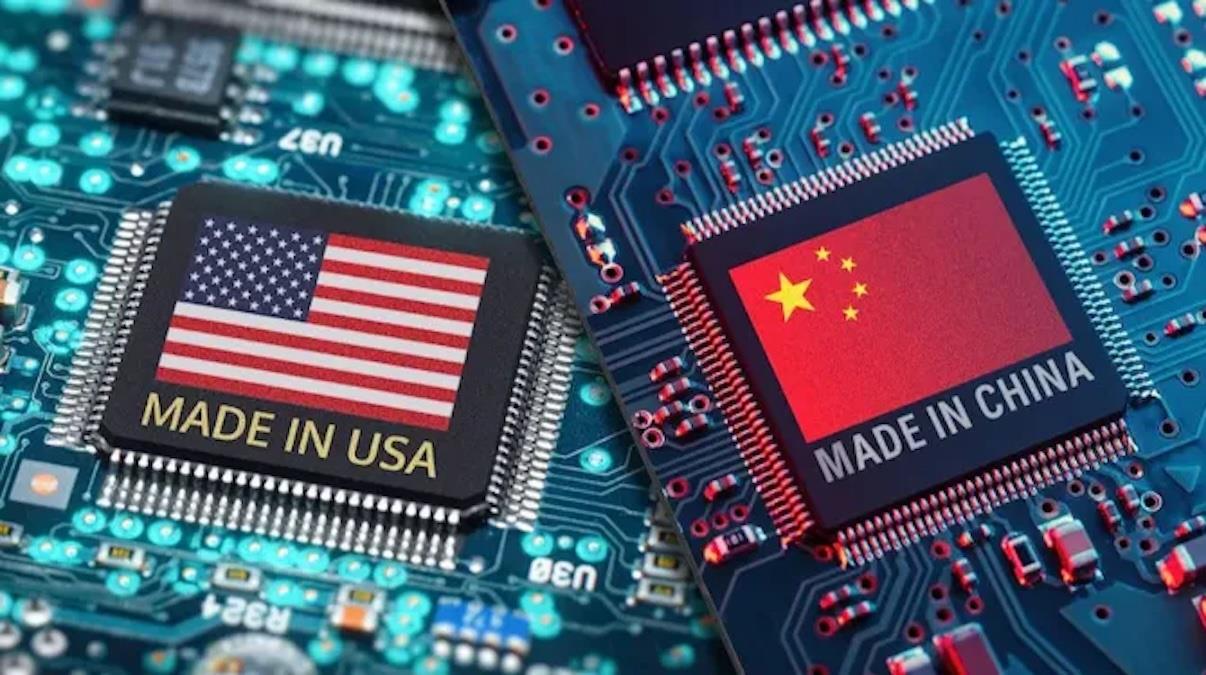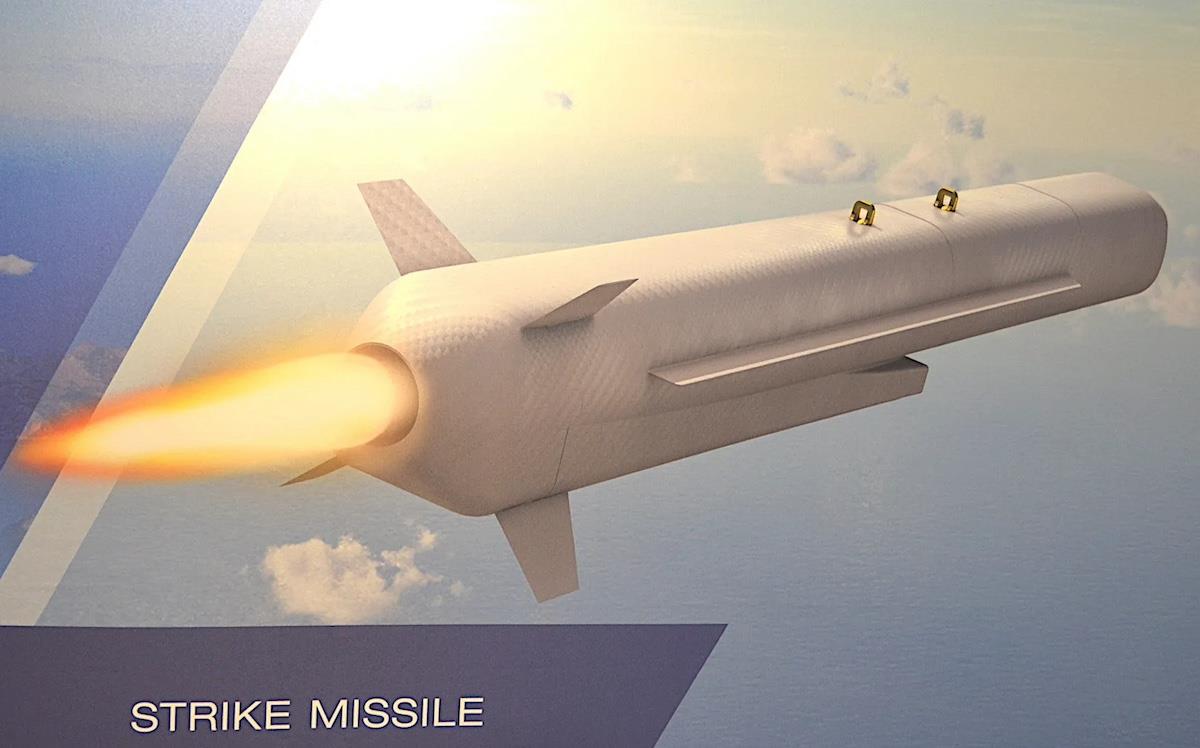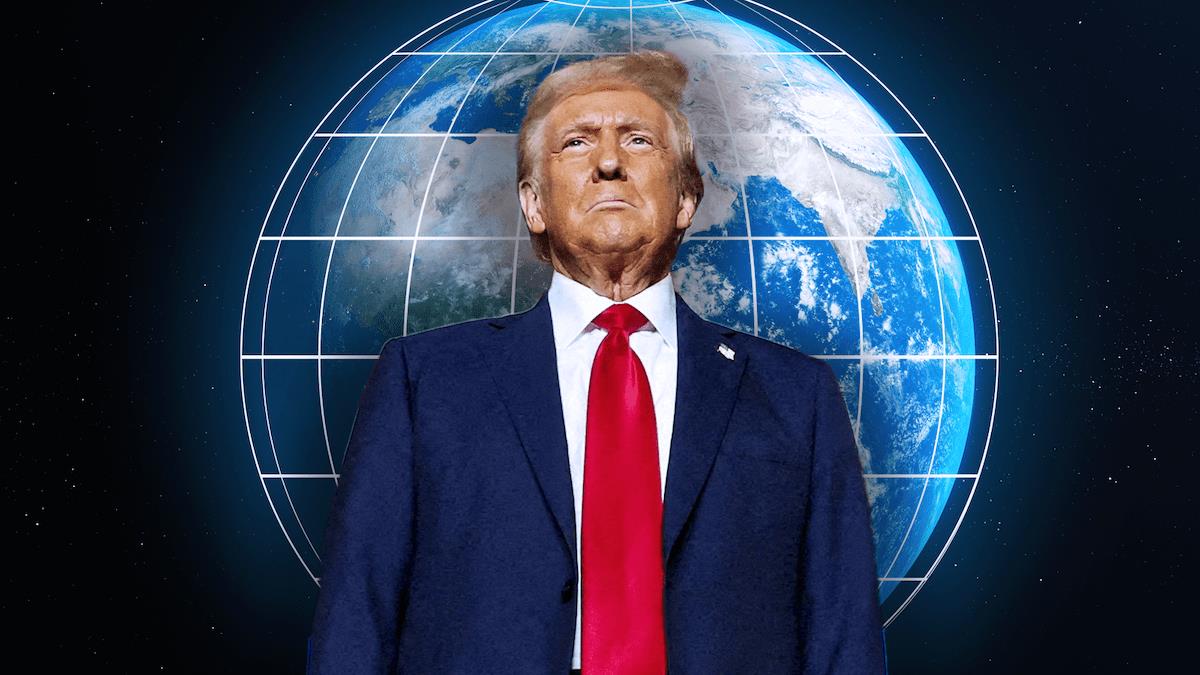
China Tech Shrugged Off Trump 1.0 Trade War And Can Do It Again
This isn't entirely new; China has faced such trade pressure since Trump first became president in 2017 , and it has continued through the Biden administration .
But the scale of what Trump now proposes – he has mentioned tariffs of up to 60% on goods from China – has some commentators suggesting that it could, in the words of one analyst,“keep Beijing on the defensive and permanently transform the rivalry in America's favor.”
Such a view is premised on the belief that China's outdated, state-subsidized, manufacturing-for-export model is ripe for disruption by US tariffs.
But as someone who has studied China's technology since the early 2000s and written and edited two books on China and innovation , I believe this portrayal of China's economy is at least two decades out of date.
China's technological sectors have grown rapidly after 2016 by adapting to the imposition of American tariffs. Indeed, since the“trade war” launched by Trump in 2017, Chinese technology has actually emerged as a world leader.
China's tech ascentThirty years ago, China barely had internet access , and its best technology company was yet to produce a competitive personal computer domestically. Fifteen years ago, the country was the world's factory – stuck at the low end of the value chain assembling iPhones and other tech gadgets, but not able to make any high-tech parts itself.
Even with the best crystal ball in the mid-2000s, no Chinese planners could have predicted the pathways to China's technological standing today.
Fast-forward to today: China is now ahead of rival economies across broad technological fields. The think tank Information Technology and Innovation Foundation found in a 2024 report that China is leading or globally competitive in five out of nine high-tech sectors – robotics, nuclear power, electric vehicles, artificial intelligence and quantum computing – and rapidly catching up in four others: chemicals, machine tools, biopharmaceuticals and semiconductors.
A Bloomberg analysis similarly identified China as leading or globally competitive in 12 out of 13 technology-intensive industries. And the Australian Strategic Policy Institute found China leading in 37 of 44 critical technologies it tracked.
Why has the Chinese tech industry advanced so quickly? Many in Washington believe it's the result of decades of careful government planning to dominate global high-tech industries.

Legal Disclaimer:
MENAFN provides the
information “as is” without warranty of any kind. We do not accept
any responsibility or liability for the accuracy, content, images,
videos, licenses, completeness, legality, or reliability of the information
contained in this article. If you have any complaints or copyright
issues related to this article, kindly contact the provider above.



























Comments
No comment